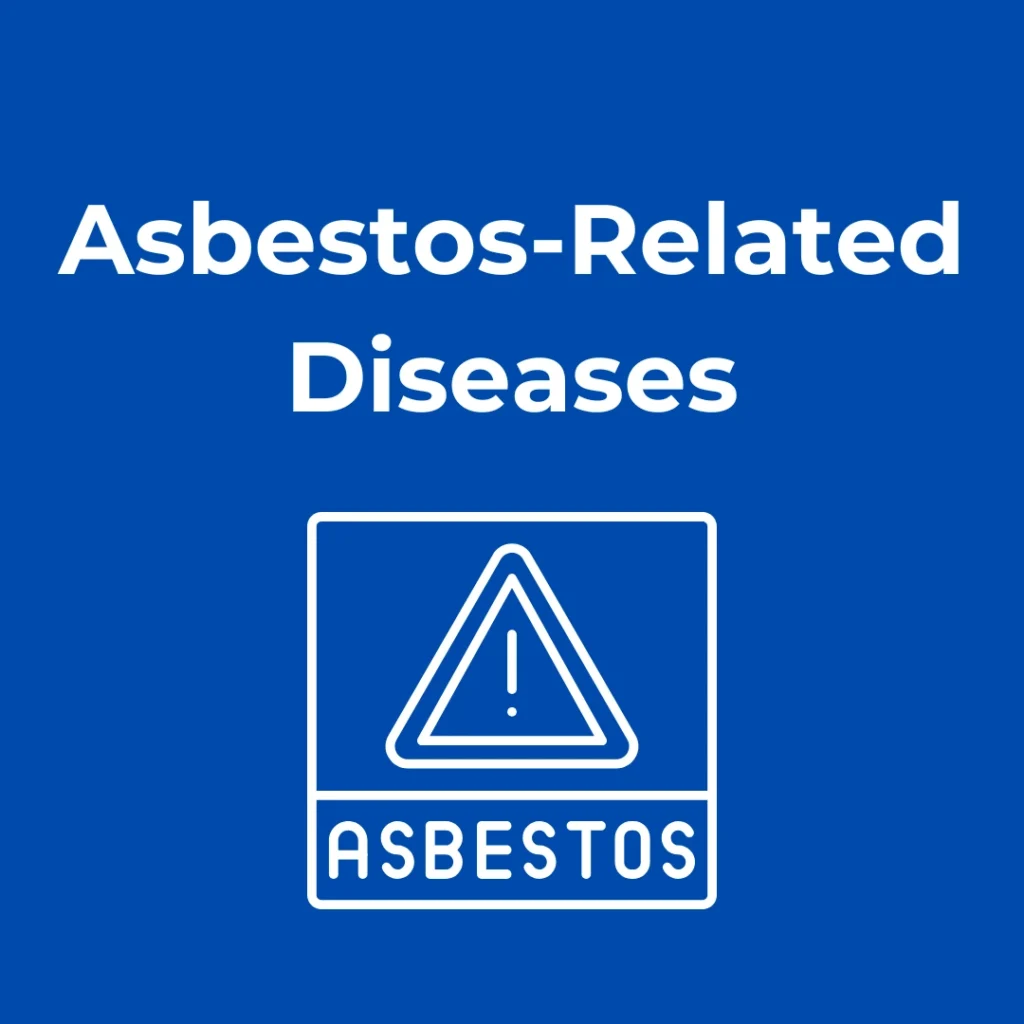Asbestos, a group of naturally occurring minerals, has long been recognized as a hazardous substance due to its association with various health complications. Even in 2023, asbestos-related diseases continue to be a significant concern. This article aims to provide an overview of the different types of diseases one could contract from asbestos exposure, shedding light on their symptoms, risks, and current understanding.

Asbestosis:
Asbestosis is a chronic lung disease caused by prolonged inhalation of asbestos fibers. Over time, these fibers accumulate in the lung tissues, causing inflammation and scarring. Common symptoms include shortness of breath, persistent cough, chest pain, and fatigue. Although asbestosis typically develops after several years of exposure, it can sometimes appear decades later. Unfortunately, there is no cure for asbestosis, and treatment mainly focuses on managing symptoms and preventing further damage.
Mesothelioma:
Mesothelioma is a rare and aggressive form of cancer that primarily affects the lining of the lungs, abdomen, or heart. Asbestos exposure is the leading cause of mesothelioma, with a latency period of 20-60 years. Symptoms vary depending on the affected area but may include chest pain, persistent cough, weight loss, abdominal swelling, and fatigue. Treatment options for mesothelioma include surgery, chemotherapy, radiation therapy, and targeted therapies, but the prognosis remains challenging.
Lung Cancer:
Asbestos exposure significantly increases the risk of developing lung cancer, particularly in individuals who also smoke. Symptoms of asbestos-related lung cancer are similar to those of other lung cancers, including persistent cough, chest pain, difficulty breathing, fatigue, and weight loss. Early detection and timely intervention are crucial for better outcomes. Treatment approaches include surgery, chemotherapy, radiation therapy, immunotherapy, and targeted therapies.
Pleural Thickening:
Pleural thickening is a condition in which the lining of the lungs (pleura) becomes scarred and thickened due to asbestos exposure. Although it is usually benign, it can cause respiratory symptoms such as shortness of breath and chest pain. Severe cases of pleural thickening may restrict lung function, leading to decreased respiratory capacity.
Pleural Effusion:
Pleural effusion occurs when excess fluid accumulates between the layers of the pleura, causing compression of the lungs. Asbestos exposure can trigger pleural effusion, leading to symptoms like shortness of breath, chest pain, and a persistent cough. Treatment involves draining the fluid and addressing the underlying cause.
Conclusion:
In 2023, asbestos-related diseases remain a serious concern despite increased awareness and regulations surrounding its use. Asbestosis, mesothelioma, lung cancer, pleural thickening, and pleural effusion are among the key diseases associated with asbestos exposure. Understanding the risks, recognizing early symptoms, and seeking medical attention are vital for managing these diseases effectively. Prevention, such as avoiding asbestos exposure and adhering to safety guidelines in workplaces or during asbestos removal, remains the best approach to safeguarding health in the face of this enduring threat.
Sources:
https://www.mayoclinic.org/diseases-conditions/asbestosis/symptoms-causes/syc-20354637
https://www.lung.org/lung-health-diseases/lung-disease-lookup/mesothelioma/learn-about-mesothelioma